Things to know about walnut production around the world
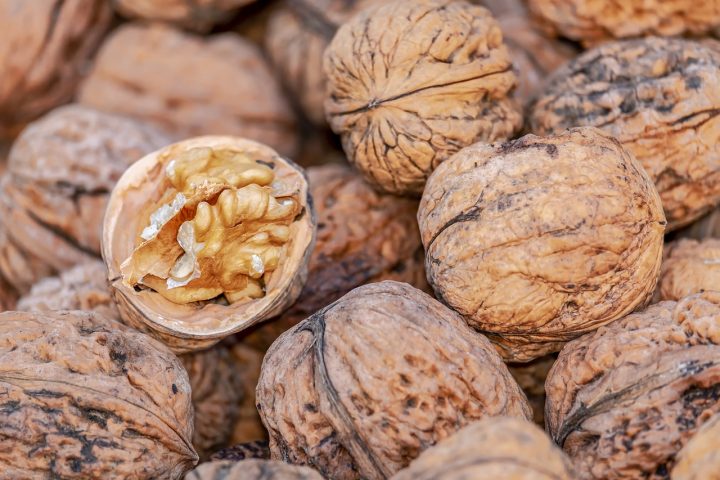
Walnuts have always been a highly valued commodity, and their consumption has increased considerably in recent years. With the growing focus on healthy eating, walnuts are particularly valued for their health benefits. In fact, in addition to being rich in energy, iron, calcium, vitamins, and polyunsaturated fatty acids, they also help balance cholesterol levels and reduce the risk of cardiovascular disease.
Walnut producers have therefore found themselves facing a major increase in demand. With an annual growth of 4% over the past 10 years, walnuts are the third fastest growing product on the nuts market, after peanuts (the market’s undisputed champion) and almonds.
Overall production has been stable in recent years: 2,007 thousand tonnes of walnuts were produced from 2017 to 2018, and 2,022 thousand tonnes were produced from 2018 to 2019. The forecast for 2019-2020 are slightly higher: in fact, according to the data published by Giornate Tecniche Noce da Frutto, production is expected to reach 2,279 thousand tonnes (the figures refer to the walnuts in the shell).
Which countries produce the most walnuts?
The world’s top 5 walnut producing countries are:
- China
- United States
- Chile
- Iran
- Ukraine
Together, these 5 countries account for nearly 90% of worldwide production. The top 10 also include France, India, Romania, Moldova and Turkey.
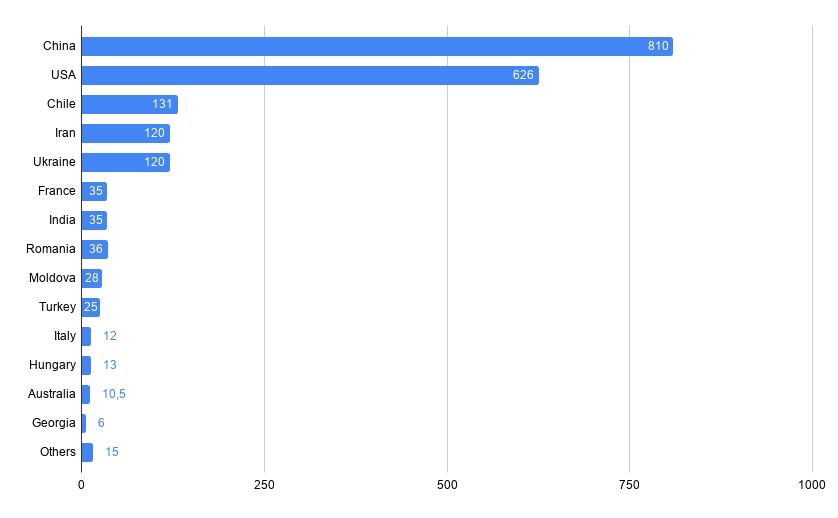
Production data for 2018-2019, in thousands of tonnes. Source: data published from Giornate Tecniche Noce da Frutto.
Over the past 10 years, production has increased steadily, at a rate of 4% per year. But some countries have increased production more than others: the increase in the United States and Ukraine was around 10%, while in Iran and Chile it amounted to 20% and 40%, respectively. While the rankings over the past 3 years have shown a generally stable trend in the data, the forecasts for 2019/2020 show a significant increase in Chinese production.
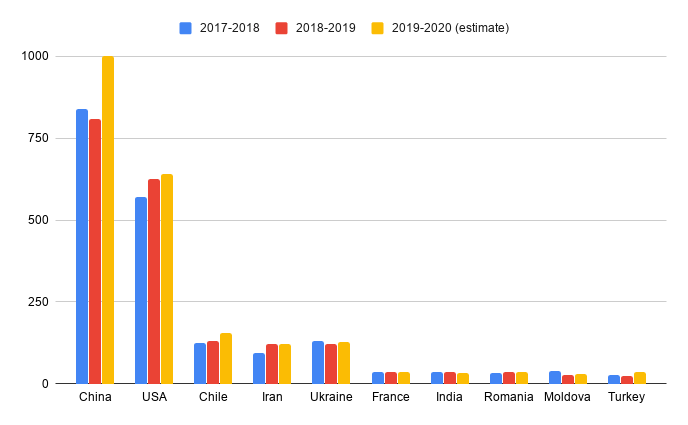
Production data for 2018-2019, in thousands of tonnes. Source: data published from Giornate Tecniche Noce da Frutto
Which countries consume the most walnuts?
The main consumers of walnuts include three of the main producers:
- China
- United States
- Iran
These are followed by 4 European countries (France, Germany, Italy and Spain), as well as 3 Asian countries (Japan, South Korea, and India).
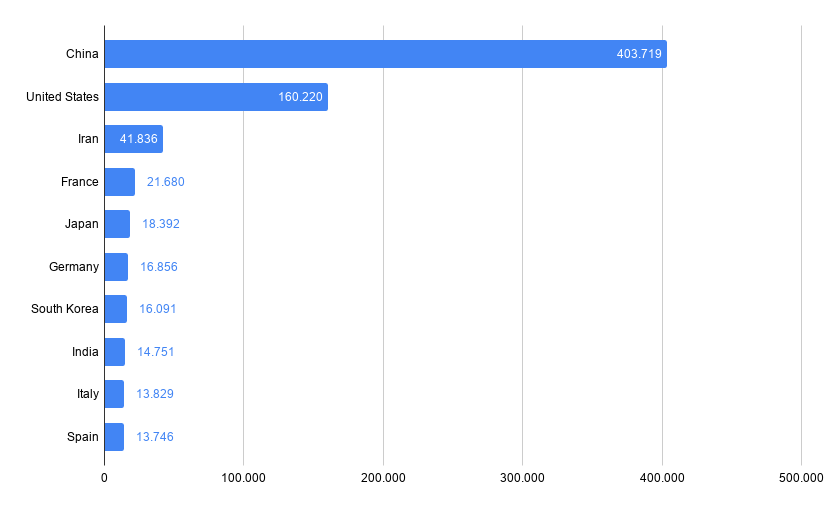
Data expressed in thousands of tonnes. Source: WorldAtlas
But if we consider per capita consumption, the ranking changes, with the United States emerging as the country where walnuts are most popular. Followed by Israel and 5 European countries (France, Germany, Italy, Greece and Holland).
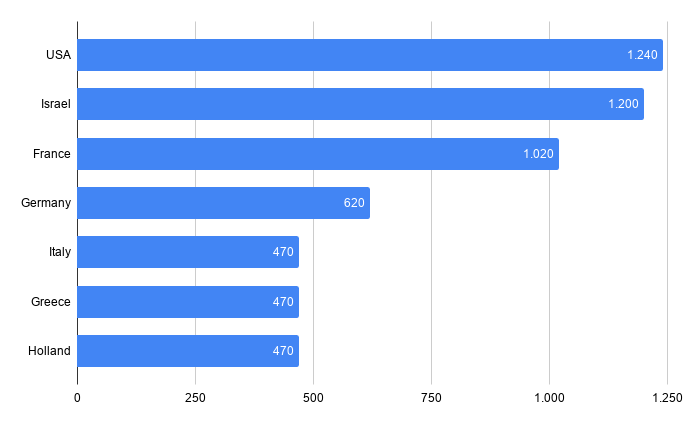
Data in grams per year. Source: data published from Giornate Tecniche Noce da Frutto
Which countries import the most walnuts?
Walnut imports are dominated by Europe. The 3 countries that import the most are:
- Germany
- Italy
- France
Other major European importers include Spain (ranked 6th) and Holland (ranked 9th). Canada and Mexico are North America’s leading importers, while Turkey, Japan and Korea are leading the rest of the world.
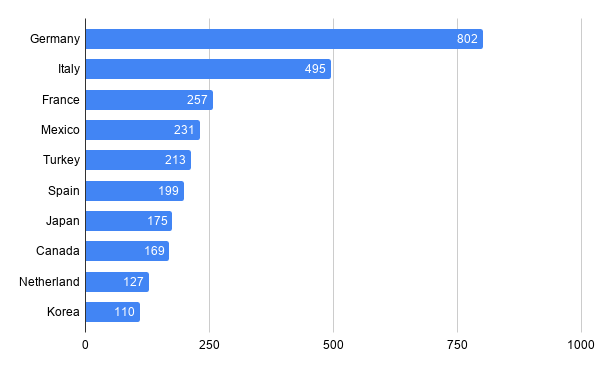
Data in millions of dollars. Source: Agri Exchange
Which countries export the most walnuts?
The countries that sell the most walnuts abroad are:
- United States
- Turkey
- Chile
China has climbed to tenth place due to the high consumption of its own production by the domestic market. The ranking also includes Turkey and several European countries: Italy, Germany, Ukraine and Moldova, as well as Azerbaijan.
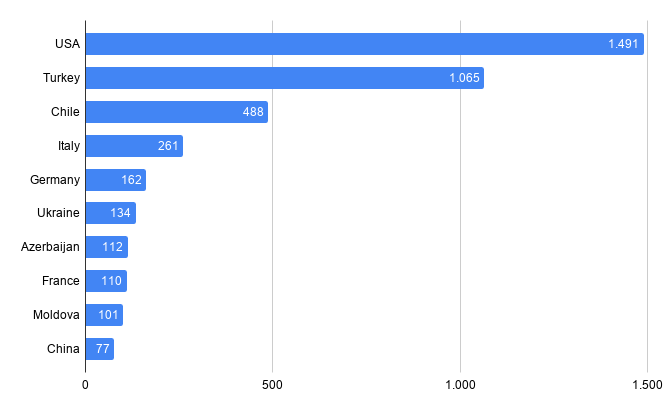
Data in millions of dollars. Source: Agri Exchange
The walnut market is showing increasing potential, both in terms of household consumption and as a raw material for the food industry, resulting in new opportunities for walnut producers.
At Landini, we stand side-by-side with those who work in the agricultural industry, offering cutting-edge, reliable, and easy-to-use tractors. Contact our dealers to find the tractor that best meets your needs.



